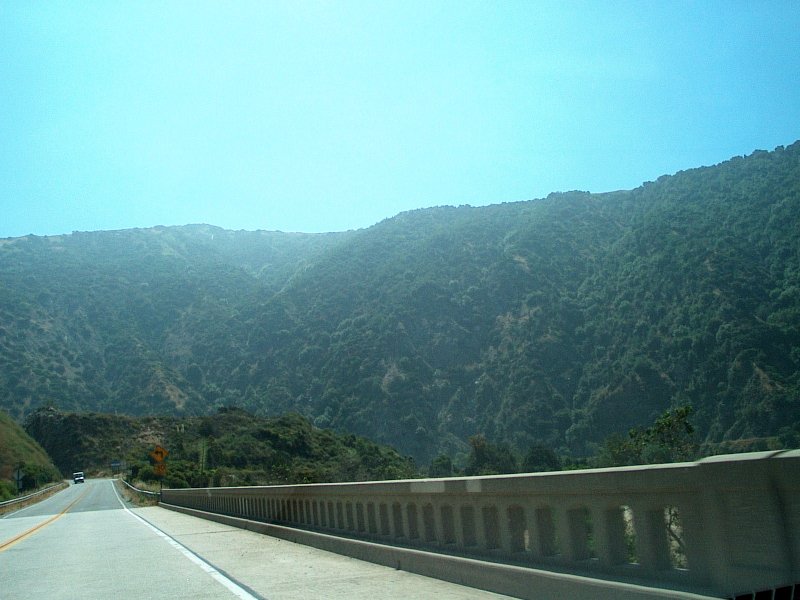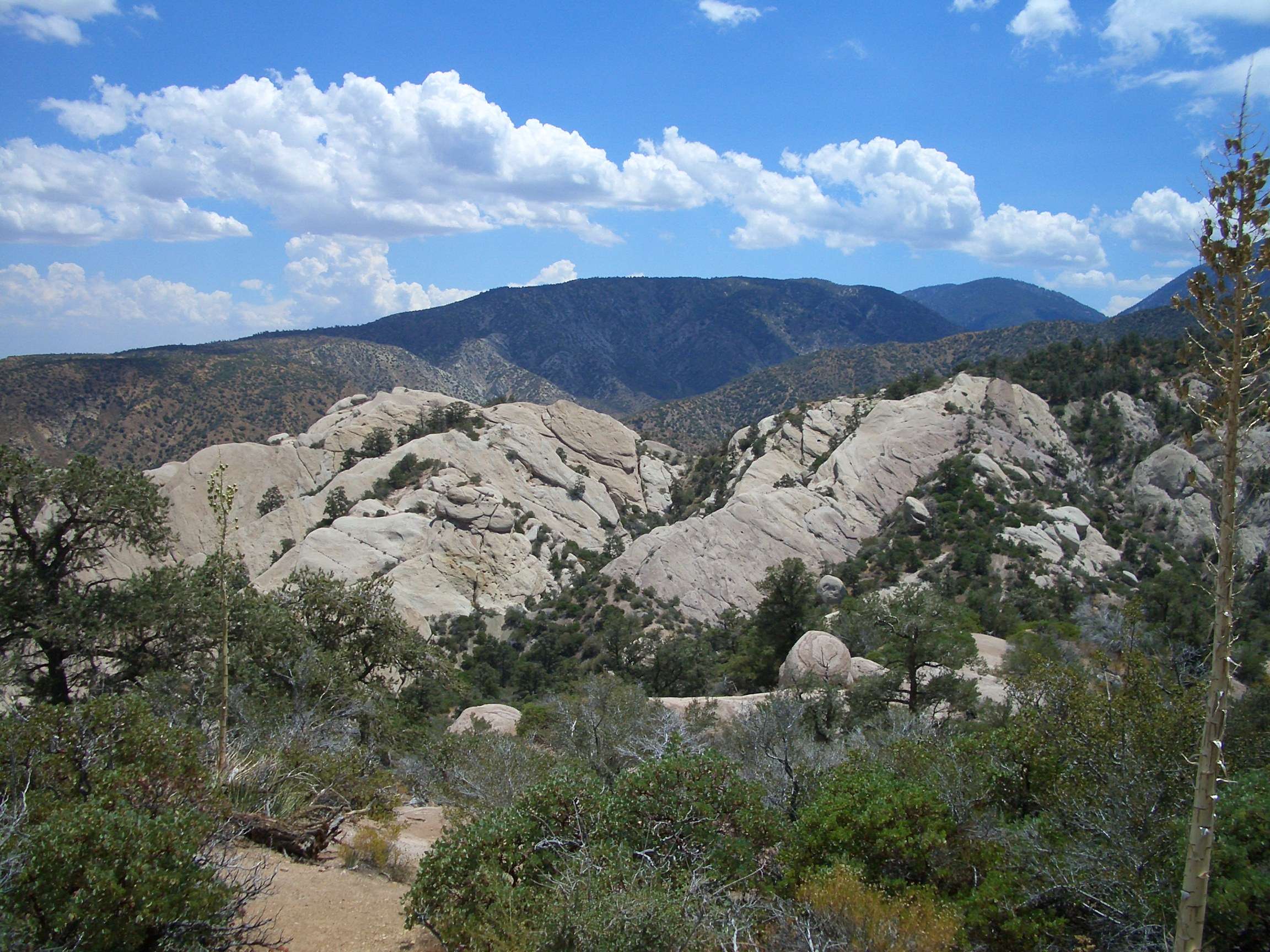The Angeles National Forest, a vast expanse of wilderness in Southern California, has recently been affected by a significant wildfire. While there is no specific information about an ‘East Fire’, the region has been impacted by the Bridge Fire, which has burned over 54,000 acres. This article provides a comprehensive overview of the fire’s impact, containment efforts, evacuation orders, and recovery initiatives in the Angeles National Forest area.
What is the Current Damage Assessment of the Bridge Fire?

The Bridge Fire in the Angeles National Forest has caused substantial damage to both natural landscapes and human structures. Here’s a breakdown of the current assessment:
- Total area burned: Approximately 54,878 acres (some sources report 56,030 acres)
- Structures destroyed: 81
- Structures damaged: 17
- Affected areas: Camp Bonita Road, East of Camp Williams, Wrightwood, Camp Williams Resort, and River Community
The fire’s impact on local wildlife and vegetation has been significant, though specific details are not available. The extensive burning has undoubtedly altered the forest ecosystem, affecting habitats and plant communities across the affected area.
What is the Latest Containment Status of the Bridge Fire?

Firefighting efforts have made substantial progress in containing the Bridge Fire:
- Current containment: 97% (some sources report 99%)
- Ongoing efforts:
- Securing containment lines
- Identifying and addressing potential heat sources
- Monitoring for potential spread to unburned areas
- Resources deployed:
- Multiple firefighting air tankers
- 224 personnel on the ground
The high containment percentage indicates that the fire is largely under control, but firefighters remain vigilant to prevent any potential flare-ups or expansion.
Are There Any Active Evacuation Orders?
Despite the high containment level, several evacuation orders and warnings remain in effect:
Mandatory Evacuation Orders:
- Entire community of Wrightwood
- Highway 138 south to Lone Pine Canyon
- Other specified areas (details available from local authorities)
Evacuation Warnings:
- Phelan
- Pinon Hills
Evacuation Centers:
- Pomona Fairplex
- Hacienda Heights Community Center
- Jessie Turner Center
Residents in affected areas should stay informed about the latest evacuation updates and follow instructions from local authorities.
What Recovery Efforts are Underway?
Recovery efforts for the Bridge Fire in the Angeles National Forest are multifaceted:
- Damage Inspection:
- Teams have completed inspections of affected areas
-
Residents can access information through San Bernardino and Los Angeles county websites
-
Financial Assistance:
- FEMA has announced a Fire Management Assistance Grant (FMAG)
-
This grant aims to ensure vital resources are available to affected counties
-
Forest Closure and Restoration:
- Forest closure orders are in place until December 31, 2025
-
These closures allow for recovery and restoration efforts within the Angeles National Forest
-
Community Support:
- Local organizations and government agencies are providing support to affected residents
- Resources include temporary housing, financial assistance, and counseling services
How Has the Bridge Fire Affected Local Communities?
The Bridge Fire has had a significant impact on local communities within and around the Angeles National Forest:
- Displacement:
- Many residents have been forced to evacuate their homes
-
Some face uncertainty about when they can return or the condition of their properties
-
Economic Impact:
- Local businesses, especially those reliant on forest tourism, have been affected
-
Property damage will likely result in substantial financial losses for some residents
-
Air Quality:
- Smoke from the fire has affected air quality in surrounding areas
-
Health advisories have been issued for sensitive groups
-
Psychological Toll:
- The stress of evacuation and uncertainty has taken a toll on residents’ mental health
- Community support systems are working to provide counseling and emotional support
What Long-term Environmental Impacts are Expected?
The Bridge Fire’s long-term environmental impacts on the Angeles National Forest are likely to be substantial:
- Vegetation Recovery:
- It may take years for the burned areas to fully recover
-
Some plant species may benefit from the fire, while others may struggle to reestablish
-
Wildlife Habitat:
- Many animals will have been displaced or lost their habitats
-
Recovery of wildlife populations will depend on the speed of vegetation regrowth
-
Soil Erosion:
- Burned areas are more susceptible to erosion, especially during rainy seasons
-
This could lead to increased sedimentation in streams and rivers
-
Water Quality:
- Ash and debris from the fire may impact local water sources
-
Monitoring and potential treatment of water resources may be necessary
-
Carbon Release:
- The fire has released a significant amount of stored carbon into the atmosphere
- This contributes to overall greenhouse gas emissions
How Can Visitors Help in the Recovery Process?
Visitors to the Angeles National Forest can play a crucial role in the recovery process:
- Respect Closures:
- Adhere to all forest closure orders and restricted areas
-
This allows for safe and effective recovery operations
-
Practice Fire Safety:
- When areas reopen, follow all fire safety guidelines strictly
-
Report any signs of smoke or fire immediately
-
Support Local Communities:
- Patronize local businesses when it’s safe to do so
-
This helps the economic recovery of affected areas
-
Volunteer Opportunities:
- Look for organized volunteer efforts for reforestation and cleanup
-
Participate in community support initiatives
-
Stay Informed:
- Keep up-to-date with recovery efforts and forest conditions
- Share accurate information to raise awareness
What Lessons Can Be Learned from the Bridge Fire?
The Bridge Fire in the Angeles National Forest offers several important lessons:
- Fire Prevention:
- The importance of robust fire prevention measures in forest management
-
Need for public education on fire safety in wildland areas
-
Emergency Preparedness:
- Value of having evacuation plans and emergency kits ready
-
Importance of community-wide emergency response systems
-
Climate Change Impact:
- Recognition of how changing climate conditions contribute to increased fire risks
-
Need for adaptive forest management strategies
-
Ecosystem Management:
- Understanding the role of controlled burns in preventing larger wildfires
-
Importance of maintaining forest health to reduce fire risks
-
Community Resilience:
- Strength of community support networks during crises
- Importance of building resilient infrastructure in fire-prone areas
The Bridge Fire in the Angeles National Forest serves as a stark reminder of the power of wildfires and the importance of proactive forest management and community preparedness. As recovery efforts continue, the lessons learned from this event will be crucial in shaping future strategies for fire prevention, ecosystem management, and community protection in wildland-urban interface areas.
